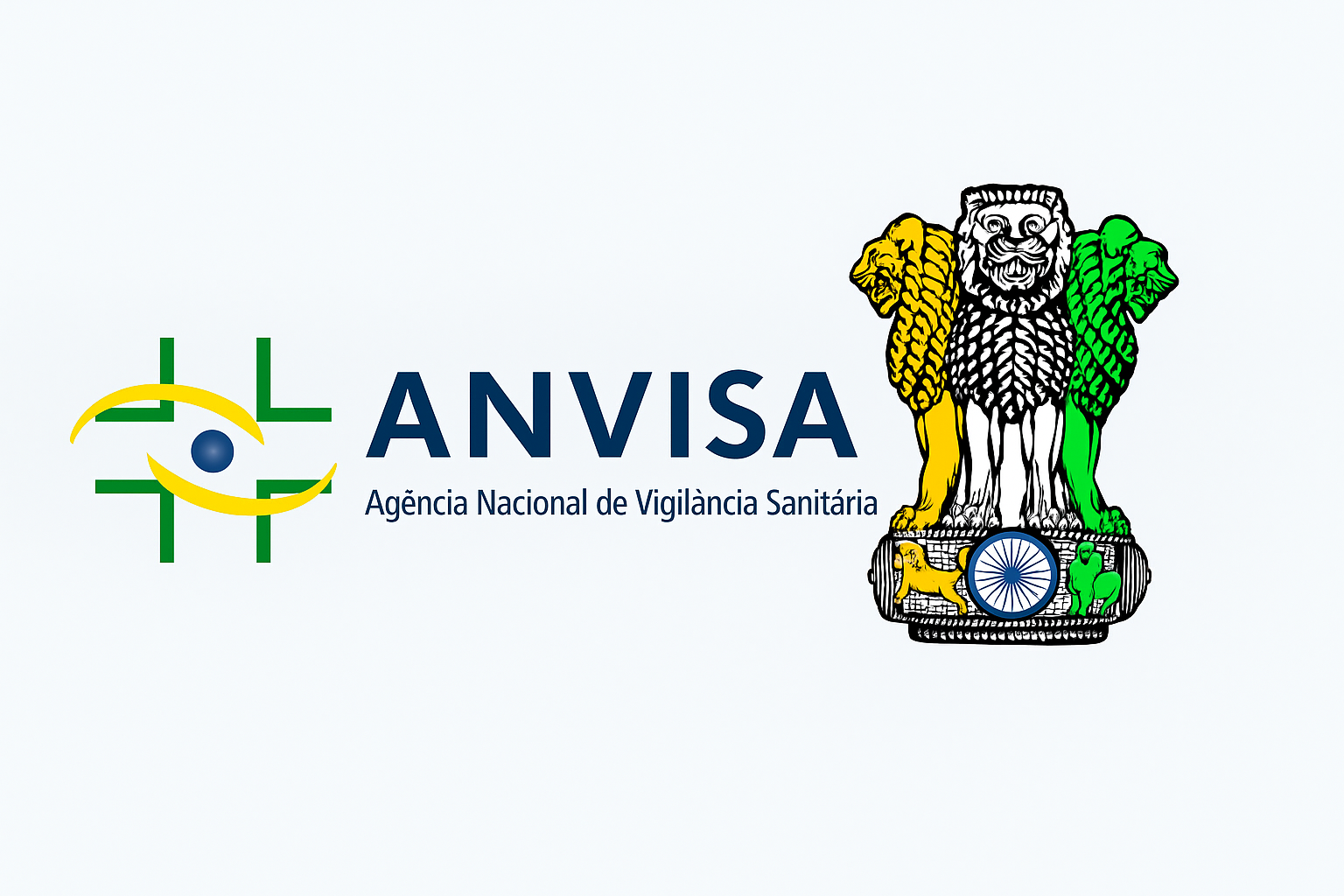Introduction
The global medical device industry is undergoing significant
transformation, with emerging markets like Brazil offering substantial growth
opportunities. For Indian manufacturers, Brazil presents a strategic avenue to
expand their global footprint, given its sizeable healthcare market, increasing
demand for medical technologies, and a regulatory environment that is
progressively aligning with international standards.
1. Brazil’s Healthcare Landscape
1.1 Market Size and Growth
Brazil boasts the largest healthcare market in Latin
America, accounting for approximately 40% of the region’s total healthcare
expenditures. In 2023, Brazil’s healthcare spending reached USD 161 billion,
representing 9.47% of its GDP
The medical devices sector is a significant component of
this market. In 2023, Brazil imported medical devices worth USD 8.18 billion,
marking a 9.8% increase from the previous year . This upward trend underscores
the country’s reliance on imported medical technologies to meet its healthcare
needs.
1.2 Demand Drivers
Several factors contribute to the growing demand for medical
devices in Brazil:
- Aging
Population: An increasing elderly demographic necessitates advanced
medical care and devices.
- Chronic
Diseases: Rising prevalence of conditions like diabetes and cardiovascular
diseases boosts the need for diagnostic and therapeutic devices.
- Universal
Healthcare System (SUS): Brazil’s public healthcare system aims to provide
comprehensive care, increasing the demand for medical equipment across
public hospitals.
2. Opportunities for Indian Manufacturers
India’s medical device industry has been experiencing robust growth, with exports reaching USD 2.92 billion in FY 2021–22, up from USD 1.87 billion in FY 2017–18 . This growth is attributed to India’s manufacturing capabilities, cost-effective production, and adherence to international quality standards.
2.1 Alignment with Brazil’s Needs
Indian manufacturers are well-positioned to meet Brazil’s
medical device requirements due to:
- Cost-Effectiveness:
Competitive pricing without compromising on quality.
- Diverse
Product Range: From basic consumables to advanced diagnostic equipment.
- Regulatory
Compliance: Experience in navigating complex regulatory landscapes, which
is crucial for entering the Brazilian market.
2.2 Key Product Segments
Indian manufacturers can focus on the following segments to
cater to Brazil’s market:
- Diagnostic
Imaging Equipment: High demand due to the need for early disease
detection.
- Surgical
Instruments: Essential for both public and private healthcare facilities.
- Orthopedic
Implants: Growing demand driven by an aging population.
- Disposable
Medical Supplies: Continuous need in hospitals and clinics.
3. Navigating Brazil’s Regulatory Framework
Understanding and complying with Brazil’s regulatory
requirements is crucial for market entry.
3.1 ANVISA Overview
The Agência Nacional de Vigilância Sanitária (ANVISA) is
Brazil’s regulatory authority overseeing medical devices. Devices are
classified into four risk categories:
- Class
I: Low risk
- Class
II: Medium risk
- Class
III: High risk
- Class
IV: Very high risk
Classes I and II follow a simplified Notification process, while Classes III and IV require a comprehensive Registration process, including Brazilian Good Manufacturing Practices (B-GMP) certification.
3.2 Key Regulatory Requirements
- Brazilian
Registration Holder (BRH): Foreign manufacturers must appoint a BRH, a
local entity responsible for regulatory compliance and communication with
ANVISA .
- INMETRO
Certification: Certain devices, especially electronic equipment, require
certification from the National Institute of Metrology, Quality, and
Technology (INMETRO) .
- Language
and Labeling: All documentation and labeling must be in Portuguese,
adhering to specific formatting and content requirements.
4. Strategic Steps for Market Entry
To successfully enter the Brazilian market, Indian
manufacturers should consider the following steps:
- Market
Research: Understand the specific needs and preferences of Brazilian
healthcare providers and patients.
- Regulatory
Compliance: Engage with experienced regulatory consultants to navigate
ANVISA’s requirements efficiently.
- Local
Partnerships: Collaborate with local distributors or establish a presence
to facilitate smoother operations and build trust.
- Continuous
Monitoring: Stay updated with regulatory changes and market trends to
adapt strategies accordingly.
Conclusion
Brazil’s burgeoning healthcare sector offers a fertile
ground for Indian medical device manufacturers. By understanding the market
dynamics and adhering to regulatory requirements, Indian companies can
establish a significant presence in this promising market.
At Titans Medical Consulting, we specialize in simplifying
complex regulatory pathways for global medical device manufacturers. For
companies targeting the Brazilian market, we offer end-to-end ANVISA
registration support and customized regulatory strategies tailored to your
device’s risk classification. Whether you’re an established exporter or
exploring Latin America for the first time, our team ensures your medical
devices enter Brazil compliantly, efficiently, and competitively.
Get in touch with our experts to start your Brazil
registration journey today.

